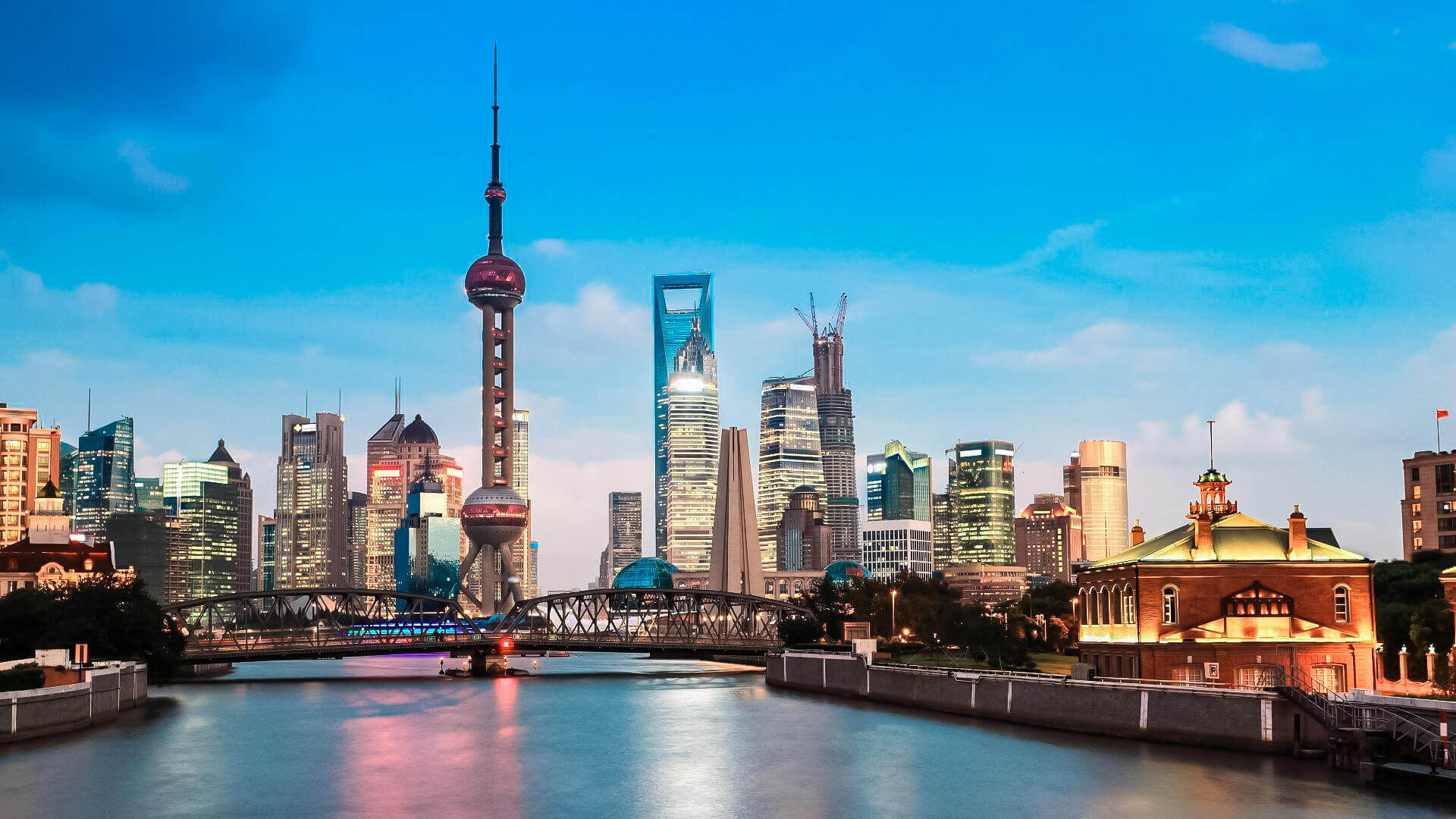Phone
New Zealand has a well-developed and extensive telephone system. The country’s former telephone company, Spark, claimed in 2009 that there were about 4,000 phone boxes in New Zealand, easily recognisable by their yellow and blue colours, but these numbers are now declining. They accept all major credit cards and a range of retail phone cards. You may need to look for a coin-operated payphone.
There is an online directory for the telephone. You can also call directory enquiries on 018, although the operators might be a little hard to understand if you are not Filipino.
The international dialling code or prefix is 00. (When using a mobile phone, as everywhere else, the plus sign “+” can be used instead of the prefix 00).
The country code for international calls to New Zealand is +64. When calling from abroad, omit the “0” in the area code.
There are five primaries:
03 for the entire South Island, Stewart Island and the Chatham Islands
04 for the greater Wellington area (without Wairarapa)
06 for Taranaki, Whanganui, Manawatu, the north central island south of Mount Ruapehu, Hawke’s Bay, the east coast and Wairarapa.
07 for Waikato, the Bay of Plenty and the North Central Island north of Mount Ruapehu
09 for Auckland and Northland.
You must dial the area code when calling outside the local area, even if the area code is the same (e.g. you must dial 03 when calling Christchurch from Dunedin, 07 when calling Hamilton from Tauranga, etc.). Some of the rules that define what is a local call and what is a toll call can be confusing. For example, a call to Kaiapoi in Rolleston (37 km away) is a local call, but Kaiapoi in Rangiora (11 km away) is a toll call – if in doubt, give the area code.
Freephone numbers start with 0508 or 0800 and cannot be connected from outside New Zealand.
Collect (reverse charge) calls can be made by calling the operator on 010 (or 0170 for international calls) and following the instructions.
The emergency number is 111, except in Chatham Islands where it is +64 3 305-0111.
Mobile phones
All of New Zealand’s major mobile networks claim to have reception “where 97 per cent of New Zealanders live, work and play”, although this should be taken with a grain of salt. Mobile coverage is good near urban areas, although the mountainous terrain means that outside urban areas, and especially far from the main road network, coverage can be patchy. Do not rely on mobile phones in hilly or mountainous terrain. Mobile phone users can only call *555 to report non-emergency road traffic incidents, such as a breakdown, a traffic hazard or an injury-free car accident, to the police.
In New Zealand, all mobile numbers usually start with 02 followed by eight digits (there are a few seven and nine digit numbers in the 021 range).
There are currently three major mobile networks in New Zealand.
- 2degrees operates a relatively young 2G/3G network covering most of the country, with coverage gaps filled by national roaming from Vodafone. LTE (4G) coverage is being rolled out gradually.
- Spark (formerly Telecom NZ) operates a nationwide 3G network (using the same frequencies as Telstra in Australia and AT&T in the US). LTE (4G) coverage is available in Auckland, Christchurch and Wellington, and other areas are being rolled out gradually. Spark no longer operates a 2G network; its CDMA network was closed in July 2012.
- Skinny is a Spark brand that offers the same service at a lower price.
- Vodafone NZ operates a national 2G/3G network and an LTE (4G) network in Auckland, Christchurch, Dunedin, Nelson, Queenstown, Wellington and other smaller centres, with more areas being rolled out gradually. Vodafone also offers a visitor SIM card specifically designed for travellers.
SIM cards are available everywhere and no registration is required. Most airports and shopping centres have shops of all network providers where you can buy access and get information about their networks. SIM cards and vouchers are also available in supermarkets and dairies. A prepaid SIM card connection pack with a $20 credit from Vodafone costs about $30, prepaid SIM cards from 2degrees and Spark cost $5 and Skinny costs $2.
Standard SIM cards, micro-SIMs and nano-SIMs are available from all mobile phone providers, as are data packages for use in iPads or USB modems.
Internet
Some places offer free Wi-Fi to their guests. Often it is available for a fee.
Internet access is available in internet cafés, of which there are usually many in large cities. Some internet (cyber) cafés may not be properly maintained, but there are places in the area that maintain a high level of security for their systems. If you have your own laptop, many internet cafes allow wired or wireless access. It is becoming more common to allow tourists to use their own laptops for internet access.
Many public libraries have public access to the internet. There may be a charge. The Auckland City Public Library offers two 15-minute sessions daily, which are free. Hourly rates are usually in the range of $4 to $8. Internet cafes in major city centres have cheaper rates of around $2 to $4. Some providers, such as the Christchurch Public Library network, offer free access to certain websites, usually sites of interest such as Google, BBC and CNN, as well as sites in the top-level domain . nz.
You can buy vouchers for Wi-Fi access at many Starbucks cafés, and many McDonald’s fast food outlets have a free Wi-Fi connection. It is becoming more common for hotels and motels to use vouchers, but they are rarely included in the room rate. Wireless access points are available in many New Zealand towns, from specialist mobile phone providers where you can buy connection time. Many camping holiday parks also offer this service. Free Wi-Fi is not widely available, but the best free sites are in the libraries of many small and medium-sized towns.
Wellington, Auckland and Dunedin airports have free Wi-Fi, but Christchurch airport still charges for wireless service in the terminals.
Spark offers free Wi-Fi to its mobile customers through its nationwide network of payphones. Non-customers can purchase access for $9.99/week after a free trial week. The data cap is set at 1 GB per day.
The speed of the internet in New Zealand is comparable to other countries in the world, but don’t expect slow internet to access international sites. Bear in mind that the country is separated from its nearest neighbour by 2,200 km of water and undersea cables are not cheap to build and maintain. Most New Zealanders use ADSL broadband for their internet connection, with download speeds of 15 Mbit/s to ~5 Mbit/s in cities and upload speeds of up to 1 Mbit/s. Cable internet is available in parts of Wellington and Christchurch, and VDSL broadband (70 Mbps download/10 Mbps upload) is available in most cities. Fibre internet to the home (‘Ultra Fast Broadband’ or UFB) with speeds of up to 100 Mbps downstream/50 Mbps upstream is being rolled out in major cities, although it won’t be fully completed in some centres until 2019. If you are travelling to a remote rural area, expect internet to be available via 3G mobile broadband if available, or via satellite or even dial-up if not.
Mail
The national post office is the New Zealand Post Office. If you stay in the same place for a while, you can rent a post office box. The New Zealand Post Office also offers night and day mail services throughout New Zealand.
Poste Restante is a low-cost service for receiving letters and parcels from overseas during your stay in New Zealand and is available at post offices across the country. Stationary delivery is available nationwide at local PostShops and some PostCentres if you need a short-term postal address for up to three months.
Postcards cost $1.00 to send within New Zealand (2 to 3 days) and $2.20 to send internationally (3 to 10 days). Letters up to DL size (130 mm × 235 mm) cost the same as postcards within New Zealand and to Australia and the South Pacific; letters to other destinations cost $2.70.
Mailing addresses usually have the following format:.
Name of the beneficiary
Street/PO Box number
Suburb/DR number/PO Box
City Postcode


